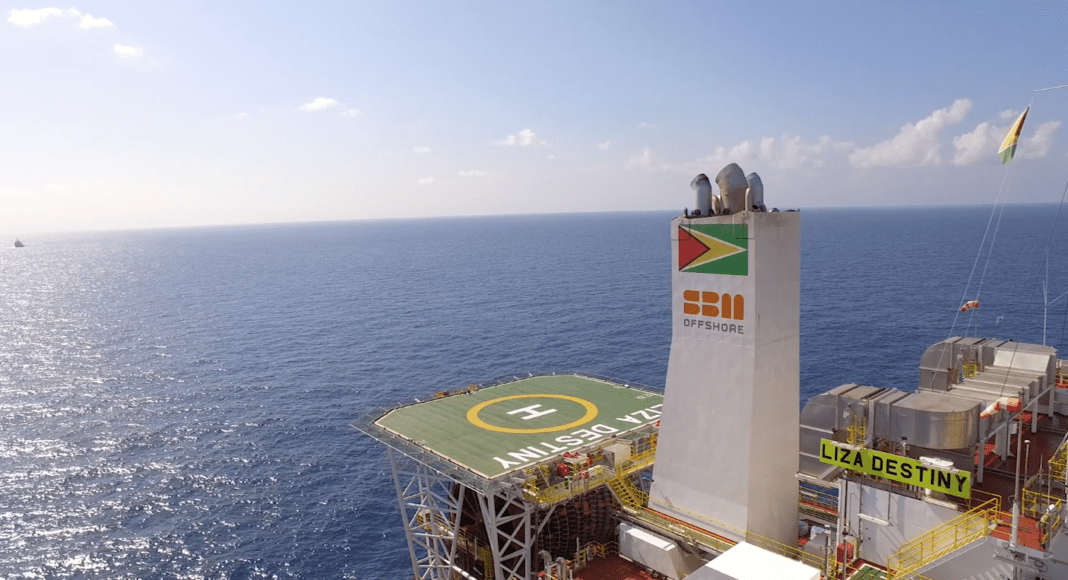The COVID-19 pandemic is adding severe financial strain on a North American upstream industry that was already reeling under billions of dollars of debt. This comes at a time when prospects on the South American north coast continue to look favourable, with companies such as US oil major, ExxonMobil, ramping up operations in Guyana.
With oil prices climbing past $40/bbl, most exploration and production firms (E&Ps) in North America have been able to keep their head above water, but unless prices strengthen further, about 150 more E&Ps will need to seek Chapter 11 protection through 2022, a Rystad Energy analysis shows.
A report last week in Oil and Gas Facilities (OGF) points out that so far this year, according to Haynes & Boone, 32 E&Ps in North America filed for Chapter 11, recording a cumulative debt of about $40 billion. On the oilfield services (OFS) front, 25 companies filed for Chapter 11. “If WTI remains at $40/bbl, Rystad Energy estimates 29 more E&P Chapter 11 filings this year, adding another $26 billion of debt at risk,”the OGF report points out.
In a scenario with WTI continuing to hover around $40/bbl over the next 2 years, OGF said it expects another 68 Chapter 11 filings from E&Ps in 2021, and 57 more in 2022, adding $58 billion and $44 billion, respectively, of more debt at risk. That would bring the total amount of E&P debt at risk from now until the end of 2022 to $128 billion.
“If WTI price levels remain largely unchanged and our Chapter 11 forecasts materialize, this would bring the total number of North American E&P filings for 2020–2022 to nearly 190, compared to 207 during the 5-year period of 2015–2019,” the OGF report stated. “That would also bring total Chapter 11 North American E&P debt for 2020–2022 to about $168 billion, 36% higher than the $122 billion recorded in 2015–2019.”
Meanwhile in South America, Rystad Energy points out that oil projects have lower break-even prices and competitive payback times in comparison to similar projects in other parts of the world, which makes them more resilient in the current turbulent times.
“Offshore activity in Latin America is expected to recover from 2021 with more than 3 million barrels per day of peak production estimated to be sanctioned in Brazil and Guyana alone by 2025,” Rystad Energy said. “Of this, more than 80% of the capacity has breakeven prices of less than $45 per barrel and is expected to get sanctioned despite the current market environment.”
Rystad Energy said among major offshore producing regions, Brazil and Guyana combined will account for more than one-third of the offshore investments and the capacity to be sanctioned over the next five years. “They will also account for more than 40% of the reserves to be sanctioned. The region is, therefore, expected to emerge as the largest offshore player by the end of the decade.”
ExxonMobil, operator at Guyana’s prolific Stabroek Block, started oil production last December, has a second FPSO under construction and is awaiting government approval for a third. Four drillships are currently operating offshore and a fifth is expected by the end of the year. The company expects to be producing more than 750,000 barrels of oil per day by 2026 from five projects.
“I think what differentiates Guyana in our portfolio is the materiality [of the resources],” Alistair Routledge, President of ExxonMobil Guyana said. “I mean, it’s not just one great resource, there are a number of them that we’ve discovered,” he added, referring to the more than 8 billion barrels of oil equivalent resources the company has found across 16 discoveries at the Stabroek block since 2015.
With multiple developments planned offshore the South American country in the coming years, Routledge said with that level of commitment and a vision that there could be more projects afterwards, “…we just view this as hitting a lot of those positive, critical differentiators that make it possible to continue growing in Guyana despite us having to make some really tough investment decisions around the world.”
Rystad Energy points out that the recent CAPEX cuts announced by ExxonMobil and Hess will not significantly affect the development of Stabroek block as it remains an attractive asset even in the current low-price scenario.
Guyana has already received close to US$150 million from royalty and its share of oil from production at the Liza Phase 1 development.




